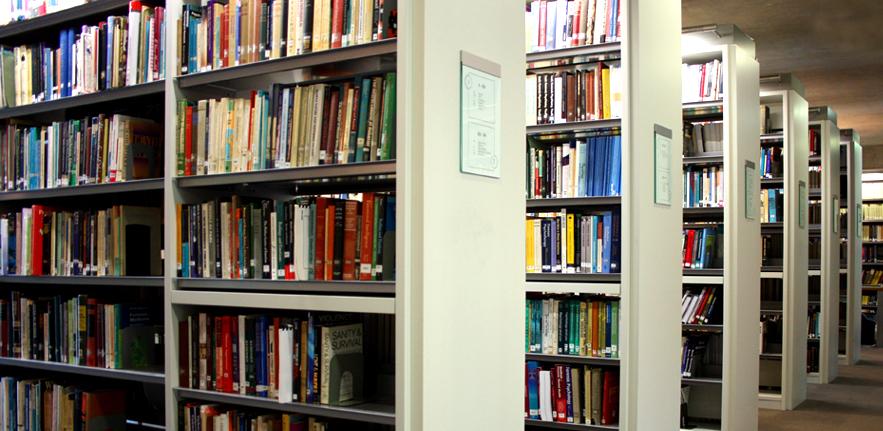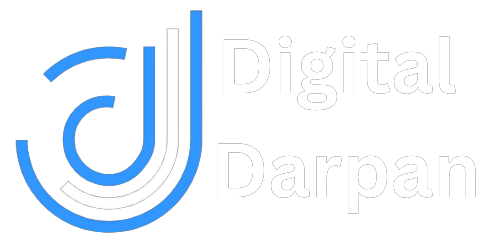Introduction:
In today’s digital age, having a strong online presence is crucial for libraries in Udaipur to connect with their community and beyond. One of the foundational pillars of digital visibility is on-page SEO optimization. This process involves optimizing the content and structure of your library website to make it more search-friendly and user-friendly. In this article, we will explore essential on-page SEO strategies tailored for libraries in Udaipur, helping you enhance your website’s visibility and better serve your patrons.

Keyword Research:
The first step in on-page SEO optimization is thorough keyword research. Start by identifying relevant keywords and phrases that your target audience in Udaipur may use when searching for library resources. Utilize keyword research tools like Google Keyword Planner to discover high-traffic keywords with low competition. Incorporate these keywords strategically into your website’s content, including titles, headings, and body text.
Quality Content Creation:
High-quality, informative, and engaging content is a cornerstone of on-page SEO. Udaipur libraries should aim to provide valuable resources, such as articles, blog posts, and guides, to meet the needs of their patrons. Content should be well-structured with headings, subheadings, and bullet points for easy readability. When creating content, always keep the interests and questions of your library’s audience in mind.
Optimizing Page Titles and Meta Descriptions:
Page titles and meta descriptions are crucial elements that appear in search engine results. Craft compelling, concise titles (around 60 characters) that include relevant keywords and accurately describe the content of the page. Similarly, create meta descriptions (around 150-160 characters) that provide a brief summary of what the page offers and encourage users in Udaipur to click through.

User-Friendly URLs :
Ensure that your library website’s URLs are clear, concise, and descriptive. Avoid long strings of numbers or random characters. Incorporate keywords when possible, making it easier for search engines and users in Udaipur to understand the page’s content from the URL alone.
Header Tags and Formatting :
Properly structure your content using header tags (H1, H2, H3, etc.). The H1 tag should represent the main topic of the page and include a primary keyword. Subheadings (H2, H3, etc.) should organize the content logically and incorporate relevant keywords where appropriate. This improves both SEO and the overall user experience.
Image Optimization:
Images play a vital role in engaging website visitors. However, they can also slow down page load times if not optimized. Use descriptive file names, include alt text that describes the image’s content, and compress images to reduce file size while maintaining quality.

Internal Linking :
Create a web of internal links between related content on your library website. This helps search engines navigate your site and understand the context of your pages. Additionally, it encourages users in Udaipur to explore more of your library’s offerings.
Mobile-Friendly Design :
With the increasing use of mobile devices, ensure your library website is responsive and mobile-friendly. Google considers mobile-friendliness a ranking factor, and a user-friendly mobile experience is essential for your patrons in Udaipur.
Page Speed Optimization:
Page load speed significantly impacts user satisfaction and SEO rankings. Minimize large images, leverage browser caching, and use content delivery networks (CDNs) to improve page loading times.

Regular Content Updates:
Search engines favor fresh content. Keep your library website up-to-date by regularly adding new resources, blog posts, or event listings that are relevant to the Udaipur community.
Image Optimization:
When optimizing images for your library website, it’s crucial to strike a balance between visual appeal and load times. High-quality, relevant images enhance user engagement, but large image files can slow down your site. To address this, use image compression tools to reduce file sizes without compromising quality. Additionally, include descriptive file names and alt text for every image to provide context for search engines and accessibility for users with disabilities.
Internal Linking Strategies:
Internal linking is not only about navigation but also about establishing a hierarchy and context for your content. When linking between related pages or resources on your library website, use descriptive anchor text that includes relevant keywords. This not only aids in SEO but also encourages users in Udaipur to explore more of your content, increasing their time on your site and their overall satisfaction.

Mobile-Friendly Design and Responsive Layouts:
As an increasing number of users access websites on mobile devices, having a mobile-friendly design is paramount. Ensure that your library website is responsive, meaning it adapts seamlessly to various screen sizes and orientations. Google considers mobile-friendliness a ranking factor, and providing an excellent mobile experience is vital for reaching your Udaipur audience effectively.
Page Speed Optimization Techniques:
Page load speed is critical for both SEO and user experience. In addition to image optimization, consider techniques like minifying CSS and JavaScript files, leveraging browser caching, and utilizing content delivery networks (CDNs) to reduce latency. Faster loading times not only boost your search engine rankings but also keep users engaged and satisfied.

Regular Content Updates and Maintenance:
Maintaining a fresh and vibrant library website is essential. Regularly update your content with new resources, blog posts, or event listings that cater to the interests and needs of your Udaipur community. Outdated content can negatively impact your SEO rankings and discourage repeat visits from patrons.
Conclusion :
Implementing these on-page SEO optimization strategies can make your library website more search-friendly, ultimately increasing its visibility among your target audience in Udaipur. By consistently providing valuable content and optimizing the technical aspects of your site, you’ll be better equipped to serve your patrons and fulfill your library’s mission in the digital age.







